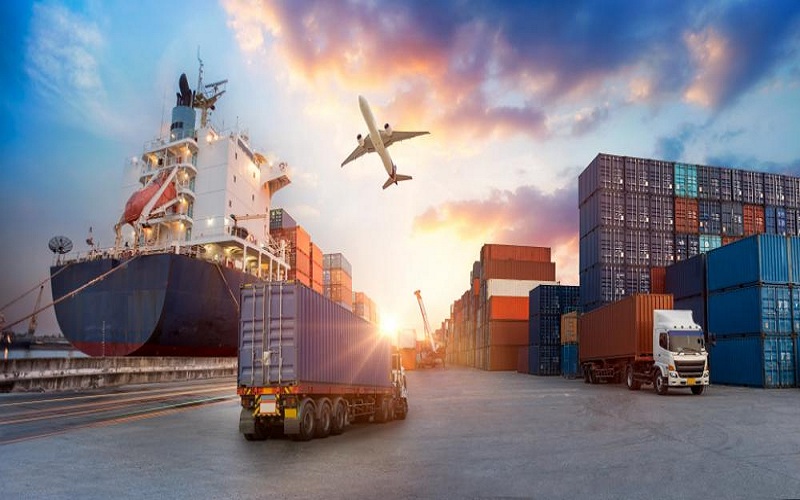Transportation is undergoing major upheaval, with several key technologies set poised to revolutionize the way we get from point A to point B. From self-driving cars to electric vertical takeoff aircraft, the vehicles of the future promise to be cleaner, lighter, smarter, and more efficient than ever before.
New Materials Lead to Lighter, More Efficient Vehicles
According to the experts at Aerodine Composites, one major area of innovation in transportation is in the development of advanced composites and other lightweight, high-tech materials used in vehicle construction. Employing materials like carbon fiber and specialized plastics rather than traditional steel lets engineers design cars, trucks, planes, and trains that are stronger yet lighter than ever before. This leads to a massive improvement when it comes to energy efficiency and range. We could theoretically see electric cars and hybrids with batteries that provide 500+ miles per charge, and airliners that need only 50% of the fuel that today’s jets need.
The promising field of nanotechnology is also resulting in advances in materials like graphene, which are ultra-thin yet incredibly durable. Graphene is a hundred times stronger than steel by weight. So incorporating graphene and nanomaterials into vehicle bodies, batteries, and components makes them both lighter and better-performing right across the board. This creates opportunities for faster accelerating cars, trains that move at 300+ mph, and experimental concept vehicles like hyperloop transport pods for ultra-fast travel.
Self-Driving Vehicles Take the Wheel
Autonomous vehicle technology is progressing quickly, with companies pouring billions into R&D. Self-driving features are already being incorporated into production cars and long-haul trucks to help with navigation and collision avoidance. While fully autonomous vehicles are still undergoing testing, in the coming years we will probably see completely self-driving taxis and local transportation in big cities. This will allow riders to be more productive during commutes, while reducing accidents caused by human error.
For long distance travel, platooning technology will allow self-driving trucks to link up and drive together in fuel-saving convoys along highways. This removes the need to pay individual drivers. Overall, autonomous vehicles are primed to expand access to transportation while making it cheaper and more efficient in the coming years and decades.
Alternative Propulsion Goes Mainstream
A pivotal development is the adoption of alternative fuel vehicles. Electric vehicles (EVs) are becoming commonplace and more affordable. Similarly, hydrogen fuel cell vehicles emit only water vapor, allowing high performance with ultra-low environmental impact. EVs and other eco-friendly vehicles will come to dominate developed auto markets within 20 years thanks to generous tax incentives and bans on the sale of new combustion engine cars in progressive countries.
The Future of Air Travel
Aircraft design is evolving too, with Boeing testing its Transonic Truss Braced Wing concept. The new compact wing design promises reduced mass and drag compared to conventional wings, enabling drastic improvements in fuel economy for commercial airliners. This could cut airline operating costs by 25-30% while lowering carbon emissions quite substantially. Applying lightweight advanced composites like ceramic-matrix composites (CMCs) means engineers can optimize structural efficiency while reducing an aircraft’s weight even further. Lighter planes translate to better fuel efficiency across the board.
Conclusion
From self-driving vehicles to ultra efficient electric alternatives and innovative engine tech, change in transportation is happening fast. Advancements in engineering and material design are driving rapid progress toward cheaper, cleaner, safer, and more accessible transportation. In the near future, expect to ride in lightweight solar-augmented cars and fly at supersonic speeds in highly optimized aircraft. The ways we travel are poised for dramatic evolution in the coming years thanks to human ingenuity.

